Even if you aren't working on a full blown reality TV show, there are many programmes that will incorporate a small amount of actuality shooting, where you can't control the action. Observational documentaries can be slightly tricky to shoot as there often isn't an interview or a graphic to cutaway to, so the cameraman needs to supply all of the buildings block necessary to make the edit themselves. The action often happens very quickly and there won't be time for a director to call the shots for you, often you'll have to do the thinking for yourself.
There is a lot to get through here, so I'm going to break it up into bullet points.
1) Audio is everything. Audio is massively important when shooting reality and I would always advise wearing headphones, I usually do this in just one ear, leaving the other ear to hear what is happening around me. It is hard to stress just how important this is, if you aren't tuned in to the conversations the sound recordist is picking up, you won't be tuned in to what to shoot. Remember the edit producers will read through story notes and lots of the audio that is recorded, if they hear a vital conversation and want to cut it into the show, they won't be impressed if the camera is busy filming a pretty shot of the sun set. These days sound recordists will be laying audio down on a digital back up, so they'll be happy to monitor off their own rig, however, sometimes they will want to use your headphone jack, to monitor audio that they are sending to the camera. It is worth getting a solution to this, even if it is as simple as a mini jack splitter, so you can both monitor camera audio. The sound recordist could be picking up audio some distance from you through radio mics, you need to be able to respond to this as much as possible.
Observational and reality shows are all about the characters in them and what they say. To film effectively you need to concentrate on what is being said, and respond to it. The audio should always inform your shots. Here is an imagined scenario to better illustrate this idea:
Dr: We ve had a look at your results...
Patient: How do they look?
Dr: Well, I was quite surprised at first
Patient: Why what is the matter?
Dr: You are pregnant.
So there are three possible ways to shoot this:
1) You shoot it all on a 2 shot and get everything that is being said.
2) You shoot everything in singles, quickly panning from one to the other.
3) You shoot the first line the Dr says and then only shoot the patient.
I would always advocate going with option 3 here, the reason for this is that you have the audio, you just need the reactions. At this point the main story is the patients reaction not the Doctors. The drama in the scene will all come from the patient, chances are, she will either burst into tears or be ecstatically happy. The Doctor on the other hand will be fairly non plused and we just need to hear his audio.
Option 1 will mean you capture everything, however, the editor might want to cutaway the middle lines as they don't add much. If you shoot everything on a 2 shot this will leave the editor with nothing to cut to. The shot will also be a hard profile of each person, as they will be talking face to face and this doesn't look great.
Option 2 sounds okay in practice, but the reality is you will be panning at the wrong time and miss the vital reaction. Remember it isn't just a case of wip panning, to have a decent full face shot, you will need to shuffle around and be to the side of one of the characters, if you are on the Dr when he says " you are pregnant" you'll be too slow to get the initial reaction.
Most scenes are not going to be as obvious as the one above, however, in most scene, there will be an element of drama. If you have been following the flow of what is happening between the characters, you should be able to guess where the interesting bits of drama and reaction will be. Remember, the sound recordist will pick up the audio, and the editor can even lay a wide shot over this if need be, the main thing is for you to get the reaction.
2) Fill in the gaps.
Most of what you shoot on an observatoinal show won't make it into the edit. Part of the skill is in knowing what might be used.
Let's imagine two people chat away for 10 minutes and you film singles of the conversation, switching between one person and the next. Now let's imagine something dramatic happens that you know the Producer is going to like: the subject cries/passes out/throws up/ whatever, you now need to back track a bit and fill in the gaps.
Firstly, that conversation needs to be cut down to the essential points, and to do this the editor will need something to cut to. Non synch shots are always going to be a help. Once you feel you've got all the drama you are going to get, you can step back and get a big wide (wide enough so you can't make out what the characters are saying). Another alternative is to focus on some foreground and leave your characters out of focus. Again, remember the first point: keep listening. If the drama starts back up, you may want to get back in there.
So now you have your basic conversation with a few tights and wides. Next you might want to pad out the story a bit, this isn't possible on every shoot and it depends on the people you are filming and the nature of the show.
Typically you will catch lots of "ends" a few "middles" but the beginnings of the story are often missing.You may need to back track and get them, think of a few shots that would help the story along. At the most simple level this could be one of the characters driving, arriving at a scene and getting out of the car. This is very basic but just these few shots might make enough space for an edit producer to write in a bit of commentary explaining what we are about to see.
It is also worth getting any cutaways which could be used to help the edit along. Think through the conversation you just heard and see what could be used. Ask any edit producer on any reality show and ask them if they have enough cutaways, I bet they'll say no.
Reality and observational shows are becoming increasingly more structured, edging there way towards drama (Made in Chelsea and Made in Essex are at the extreme end of this). In these more structured shows, whole conversations can be re done, or gaps in the viewers knowledge filled in. When you are working on a show you need to feel out just how much control you have. If you are working on a show following the police around, you probably have very little control vs what you might have following a minor celebrity around.
If you were framing up or not recording over a vital bit of dialogue I don't see the problem in saying "what was that?" to encourage them to start over. Equally, if you were following the police around and feel you needed a few more shots, once the action has died down, they may be happy to do a few driving shots, getting in and out of cars, etc etc. All of this you have to feel out with person you are filming. Once you have a decent relationship, it will make everything much easier.
3) Vary the shot size. Many inexperienced shooters make the mistake of shooting everything on a wide shot, standing very close to the contributors. This makes life easy for them, as cameras are easy to focus on a wide shot with a large depth of field and any shakes are much less noticeable, however, this is not good for the edit. For something to cut well the editor needs a massive variety of shots, tights, mids, wides and plenty of different angles. I always aim to give the editor a sequence that will work, where all the building blocks are in one place. If you only provide a wide shot, the editor is going to have to search through hours of footage to cobble together something that works. If you want to be hired again, it is important to provide usable footage. If possible, speak to the edit, find out what they typically need more of, or what kind of footage they don't want, that way you won't be wasting your time.
4) Talk to the edit. Another good way to get some communication between you and the edit suite is to talk your actions through. Let's say you are filming a situation, but the shot is not working, so you walk to a different place and shoot the same scene from a totally different vantage point, or maybe a new person turns up, but you didn't film them arriving. At times, the edit will have no idea of what you are filming or what just happened when you stopped recording. Filling the edit suite in with a bit of information might make their lives a lot easier. Just waving your hand in front of the lens giving a bit of information could help a lot eg: "I am filming this through the kitchen window as they don't want us in the house" or "that new guy who just turned up is a plain clothes cop".
5) Plan ahead. Sometimes things just happen in reality or obs doc and you just have to follow the action as best you can. In other situations, people know roughly what is going to happen before it happens. In this situation you need to ask the characters who you are filming for as much info as you can get. Here is an example of this. I was filming an alligator that had been rescued, and was being returned to the Everglades. I knew that it would make that cut as it was an end to the story. I also knew that it was not the first time our character had returned an alligator to the wild, he knew a huge amount about the creatures and how they react. Before I shot this scene I asked our contributor exactly where he would put the alligator and exactly what it would do once it was in the water (the answer was sink to the bottom and hide, whereas to be honest, I was expecting it to race off like a fish). Just knowing these things meant there were no surprises for me, which in turn makes it easier to shoot. Here is the end result if you are interested .
6) Shoot good GVs or B-roll. If you are shooting a standard documentary over the course of say 10 days, GVs will often just be anything that looks interesting to give a sense of place. In the case of a reality show the filming schedule might go on for months on end, and you don't need the same few GVs again and again. So what should you shoot to make your GVs useful? In reality shows GVs are often used to give a wider sense of what is going on: what time of year is it, is it hot or cold, what kind of weather is it, what time of day is it. The trick is to give the edit suite a kind of tool box with all the shots they could ever need to build the edit.
Think of lines that could feasibly be used in commentary for the show you are working on: "It is early morning and ...." "Work has to stop at mid day as the searing desert heat ..." "Despite the rain...." Rather than just pretty shots, GVs or B- roll need to help the story along. A shot of heat haze on a road, blaring mid day sun or rain over flowing from a roof gutter might not be your traditional choices for a postcard style photo, but the editor will be grateful for them. Remember the viewer isn't as aware of the location as you are, so keep thinking, time of day, time of year and place.
If you can include some of the subject you are filming, then great. Imagine you are filming a show about police in New York: a shot of the police cars from low down showing snow and ice on the ground with the winter sun low on the horizon, could be more useful than a mid day shot of Brooklyn bridge (that, chances are, another cameraman has already done anyway). Reality shows typically run for months on end, so as winter sets in, story producers are bound to want to talk about this change.
7) Get the wides. Wide shots can often be forgotten about when shooting reality sequences, as typically shooters will be very close to the action, always scared to miss the next thing that might happen. There will usually be a lull in the action though, and this is the time to step back and get a massive wide. Wides help both to cut the scene together and to give a sense of place. If you can, get up high and look down on everyone, or falling that, try to move around to get a landmark in the background. If you are working on a large production with countless shooting APs sound recordists, PDs etc etc cluttering up your wide shot, get them to clear frame. You probably won't be very popular for doing this, as often people get carried away shooting everything that moves, however, wide shots are an essential part of an edit and as a good reality shooter you should make it your job to ensure these shots end up in the editors cutting bins.
8) Add some gloss. A lot of reality shooting is really about getting the shot, making sure you are in focus and pointing the camera in the right place when something interesting happens. Use any opportunity outside of is type of filming to add a bit of gloss to improve the production value. When the subjects you are filming are going about their day to day tasks try to show this in an unusual light. Look for reflections, silhouettes, extreme high or low angles, anything that can make the shot more attractive. Some shows I have worked on have given me helicopter time, four wheel drive cranes, massive jibs and others just a go pro, so the variety of shots you can provide is somewhat budget dependent. Whatever the budget, do the best with what you have been given. Getting onto the roof of a building to film a car pulling out of a drive way from over head, will give the show a more interesting look than an off the shoulder shot at ground level. These shows can often run for months or even years, so adding variety will avoid repetition and hopefully add some beauty.
9) Trust the Producer. There will usually be a Producer, Director, Show Runner or similar person working on the show, who has a vast amount of knowledge when it comes to shooting reality or observational programmes. In some cases these people might have spent their entire career working on such shows, trust their judgement and ask for advise.
Here is a story from personal experience: Early in my career as a cameraman I was working with a much more experienced producer. We working at an animal sanctuary. A woman came in to return a dog she said she had found on the street. To me this was the most mundane story imaginable, so I stopped recording. The producer insisted I keep going. It had been a long day, with the camera on my shoulder for most of it. I kept filming, all the while thinking it was a waste of time and effort. At some point in the proceedings the woman started crying, revealing it was actually her dog she was taking to the pound as she was no longer able to look after it. How did the producer know this? I don't know, she just did. Maybe it was women's intuition, maybe she noticed the woman was overly sad, or maybe she had worked on a million reality shows just like this one and knew when to keep shooting.
10) Get the shot. Don't be too precious about filming something in a considered and beautiful way, if you see something happening that you know will make a good story, shoot it. You might see something that is a bit far away, and handheld, on the long end of the lens, it won't be too stable, shoot it anyway. Sometimes you might need to run and the camera will be wobbling all over the place, shoot it anyway. These moments can be used to heighten the sense of drama and editors and producers sometimes like these shots as they move the show away from the more finessed shots and give the programme a kind of legitimacy, to prove this is a actually happening and we are just flies on the wall. We have all seen shots where the cameraman is asked to stop recording, so he just puts the camera on the floor and keeps rolling. We are just looking at a set of feet, and hearing the audio, but it gets used. Obviously I am not suggesting shooting everything in this way, but if it is a bad shot or nothing, then get the shot, it won't reflect badly on you.
11) Know your kit. Knowing your kit inside out will help you with the above (getting the shot). It is essential to be able to react quickly when shooting reality or obs doc. Knowing where each button on the camera is by feel, without looking, will help here. The characters you are following might go from an extremely bright place, into a dark room in a second and you need to be able to get rid off lots of ND and crank up the DB or ISO very quickly. Most cameras have assignable buttons on the side, so if you are likely to need a certain feature, assign it to a button for easy access.
When I am shooting something very fast paced, I like to shoot in the middle of the iris wheel (around f8), that way I can change exposure smoothly if the lighting changes. If you are shooting at f2.8 and then your characters move into the shade or the sun goes behind a cloud, you won't be able to open up anymore and you'll have to remove ND which will ruin the shot with a sudden exposure jump. Again, this is just a tip for shooting when things are fast paced, I won't shoot everything at f8 as it could start to look a bit flat and dull. When things slow down or you know you'll be in one place for a bit, open up and shoot with a smaller depth of field.
If you are shooting on a camera with an internal iris (C300, FS7 etc) try not to continually change iris. Having a perfectly exposed shot, is not much use if you've just suddenly jumped a stop whilst recording. Better to have a shot that is a stop or two under exposed, than for your shot to be covered with visible iris changes.
There are several features on a camera that you might want to use occasionally and could assign to a button. The pre record function can be a useful tool, hit record and the camera will record, plus it will put down everything that occurred several seconds before the camera went into record mode. I often assign this function to a button, that way say you are waiting for a convoy of trucks to role around the corner in the distance, rather than roll hours of footage of an empty road, waiting for the moment, you can just wait till you see the trucks, then hit record and you will have the shot of them first rounding the corner. Slow motion is another useful tool, but you really need to make sure the programme you are working on will use slow mo. Usually slow motion is tucked away in a cameras menu system, if you think you'll need it, assign it.
12) Know the law. This really only applies to observational documentary, less so reality and entertainment shows. In many situations you could be asked to stop filming and laws exist to protect people's privacy. Knowing these laws will help you out, so you know when to ignore the request and carry on discretely, and when you should stop pointing the camera at them (and potentially just leave the camera rolling to pick up audio). Laws change from country to country, and in the USA from state to state. In some states it may be legal to stand on the street and film through the window of someone's house, in others it may not. Knowing what you are legally allowed to do will give you confidence in what you are doing and stop the production from getting involved in any legal wrangles.
13) Get black and white. One of the most experienced series producers I have ever worked for once said "life is grey, we want black and white."
What he meant by this is that real life is much more complicated than simple good or bad, black or white. Are the choices that characters make in the show right or wrong? The truth is often that these choices have both good points and bad points (a kind of grey). However, for the sake of a reality TV show, we need drama, and for that we need a dichotomous world of good/bad black/white. The story arc of most reality shows will go from boom to bust and back again and it is worth keeping this arc in mind when shooting.
If you see a worried looking face, tension, anger, tears, fights, rejoicing, happiness, relief, joy, these are all things that will add to the drama of the show and give the producers what they need: black and white.
14) Keep up your stamina. The last point to make here is a simple one: reality shows are marathons, not spirits. Hours and hours of your footage will end up on the cutting room floor, so it can be tempting to shoot in a half-arsed way when you are tired out, however, Sod's law will dictate that that poorly shot bit of footage will make the cut. Keep your strength up and keep shooting to the best of your ability. To do this you need to look after yourself, eat well, drink water and rest when you can.


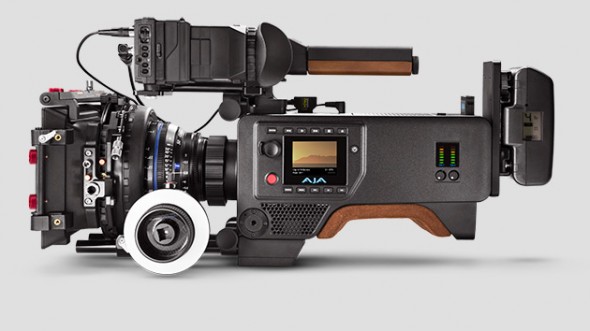
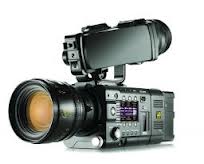 As far as ergonomics and usability go the Sony F55 is definitely up at the top. Sony have been making ENG cameras for years, and the F55 is a nice block of a camera to stick on your shoulder and it has a proper view finder in the right place.
As far as ergonomics and usability go the Sony F55 is definitely up at the top. Sony have been making ENG cameras for years, and the F55 is a nice block of a camera to stick on your shoulder and it has a proper view finder in the right place.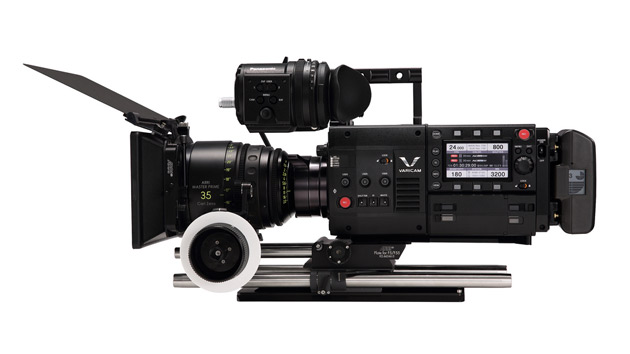 Many people will probably be wondering whether the price of the Epic/Panasonic Vari 35/Sony F55 will drop as a result of these new cheaper alternatives. It is hard to say, but personally, I don't think so. The prices are so different they are really separate markets. A DoP thinking of buying a new F55 might be easily persuaded to buy the Panasonic instead if the price is better, but I dont imagine the same is true of the cheaper 4k cameras. Apart from anything else, owning a camera most production managers have never heard of means you'd have to do a lot of explaining and persuading to get it on a job. So who will buy the new New BM Ursa or Aja Cion? I can see independent fim makers buying these, or small production companies buying them as their in house cameras. Having said that, what about the 1DC? Desptie the 1DC dropping its original price down to 10k, it is still 10,000 US dollars for a stills camera. The blackmagic Ursa is a fair bit cheaper and on paper looks like a much more usable film camera. If Canon still want to pitch the 1DC to independant film makers they may have to further reduce their prices.
Many people will probably be wondering whether the price of the Epic/Panasonic Vari 35/Sony F55 will drop as a result of these new cheaper alternatives. It is hard to say, but personally, I don't think so. The prices are so different they are really separate markets. A DoP thinking of buying a new F55 might be easily persuaded to buy the Panasonic instead if the price is better, but I dont imagine the same is true of the cheaper 4k cameras. Apart from anything else, owning a camera most production managers have never heard of means you'd have to do a lot of explaining and persuading to get it on a job. So who will buy the new New BM Ursa or Aja Cion? I can see independent fim makers buying these, or small production companies buying them as their in house cameras. Having said that, what about the 1DC? Desptie the 1DC dropping its original price down to 10k, it is still 10,000 US dollars for a stills camera. The blackmagic Ursa is a fair bit cheaper and on paper looks like a much more usable film camera. If Canon still want to pitch the 1DC to independant film makers they may have to further reduce their prices.

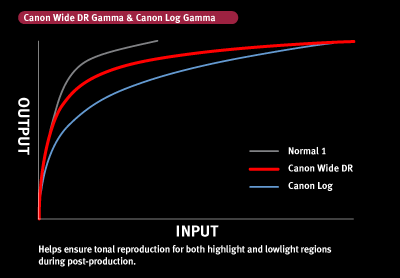
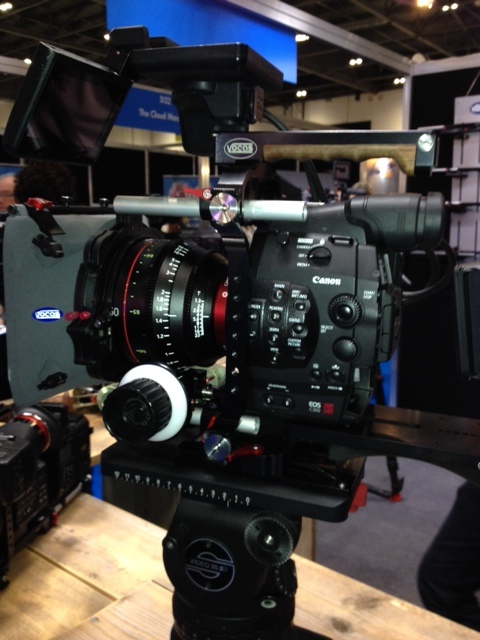 This is the top handle that Vocas have made for the C300. There are lots that is good about this thing. Most importantly it takes weight off the light weight plastic handle that has ONE screw hole! If you load your C300 up with shoulder rigs, lenses etc etc as we all do, you just know that this screw thread is going to break at some point. With this Vocas set up the handle is fixed to a plate at the base of the camera, so no strain is on that thread.
This is the top handle that Vocas have made for the C300. There are lots that is good about this thing. Most importantly it takes weight off the light weight plastic handle that has ONE screw hole! If you load your C300 up with shoulder rigs, lenses etc etc as we all do, you just know that this screw thread is going to break at some point. With this Vocas set up the handle is fixed to a plate at the base of the camera, so no strain is on that thread. 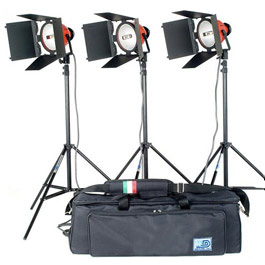

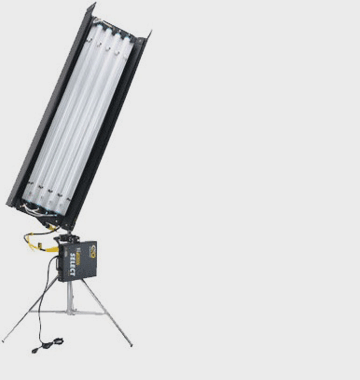
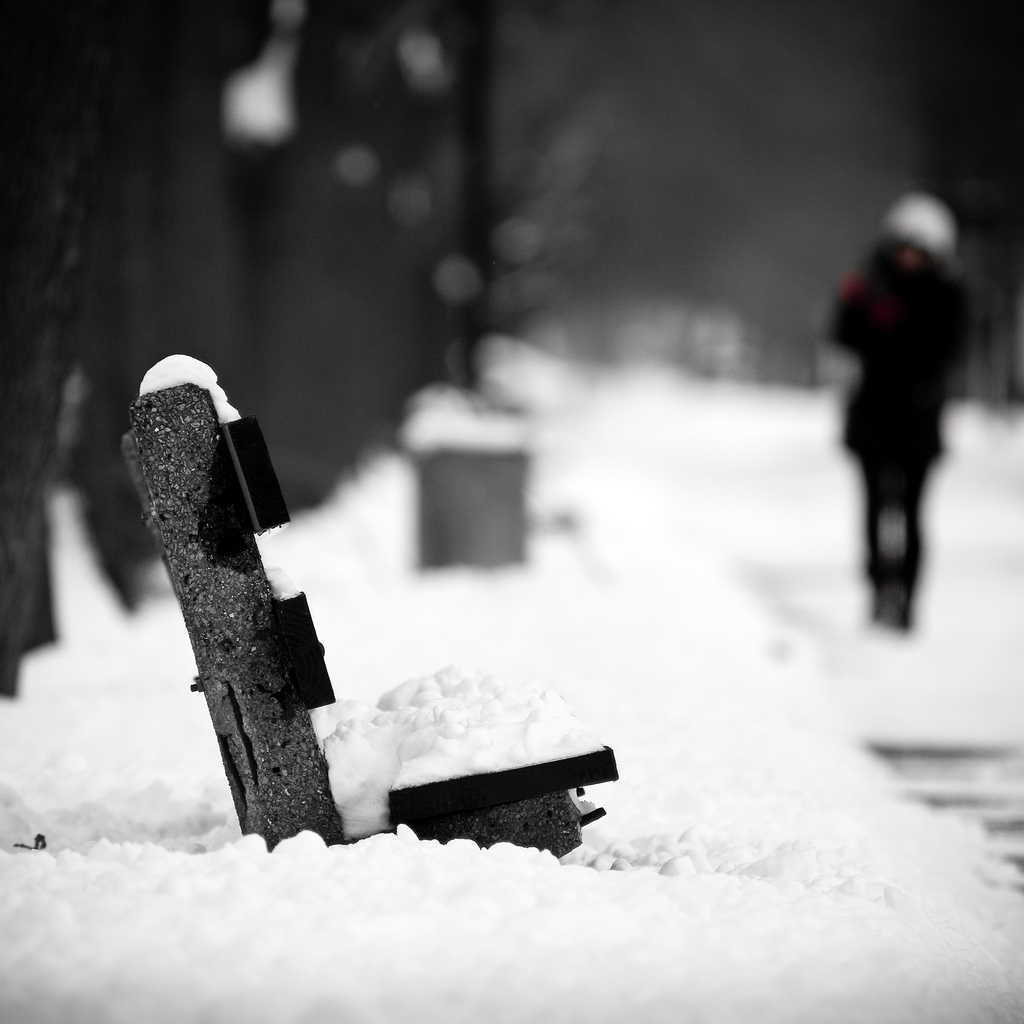
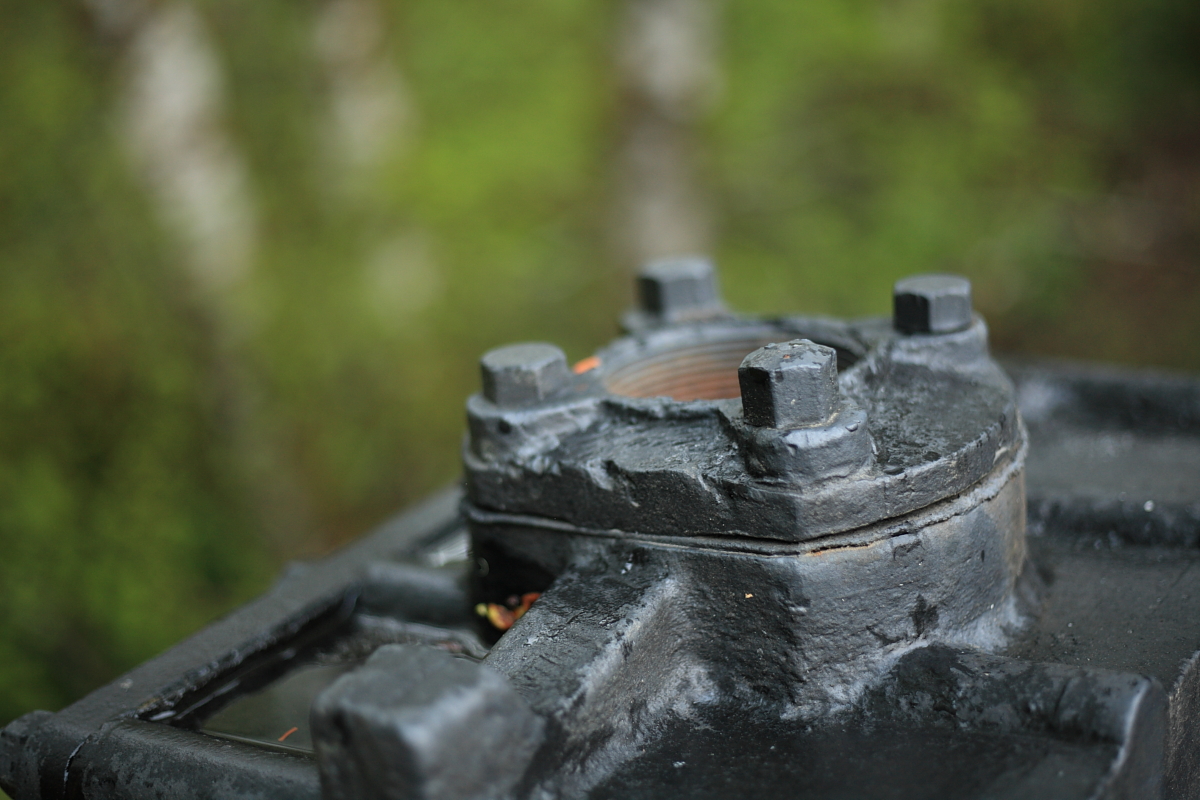

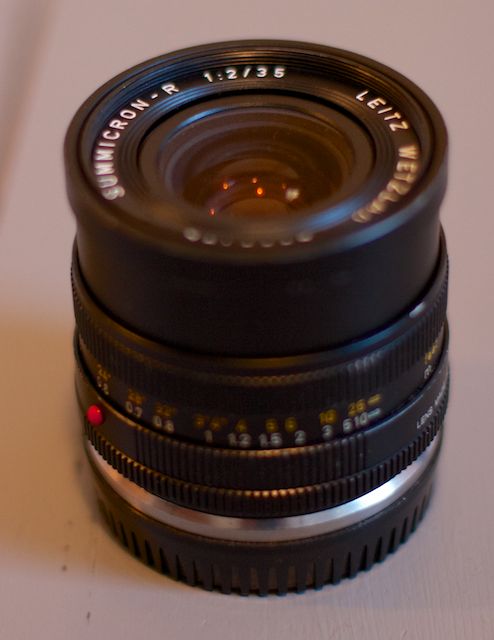
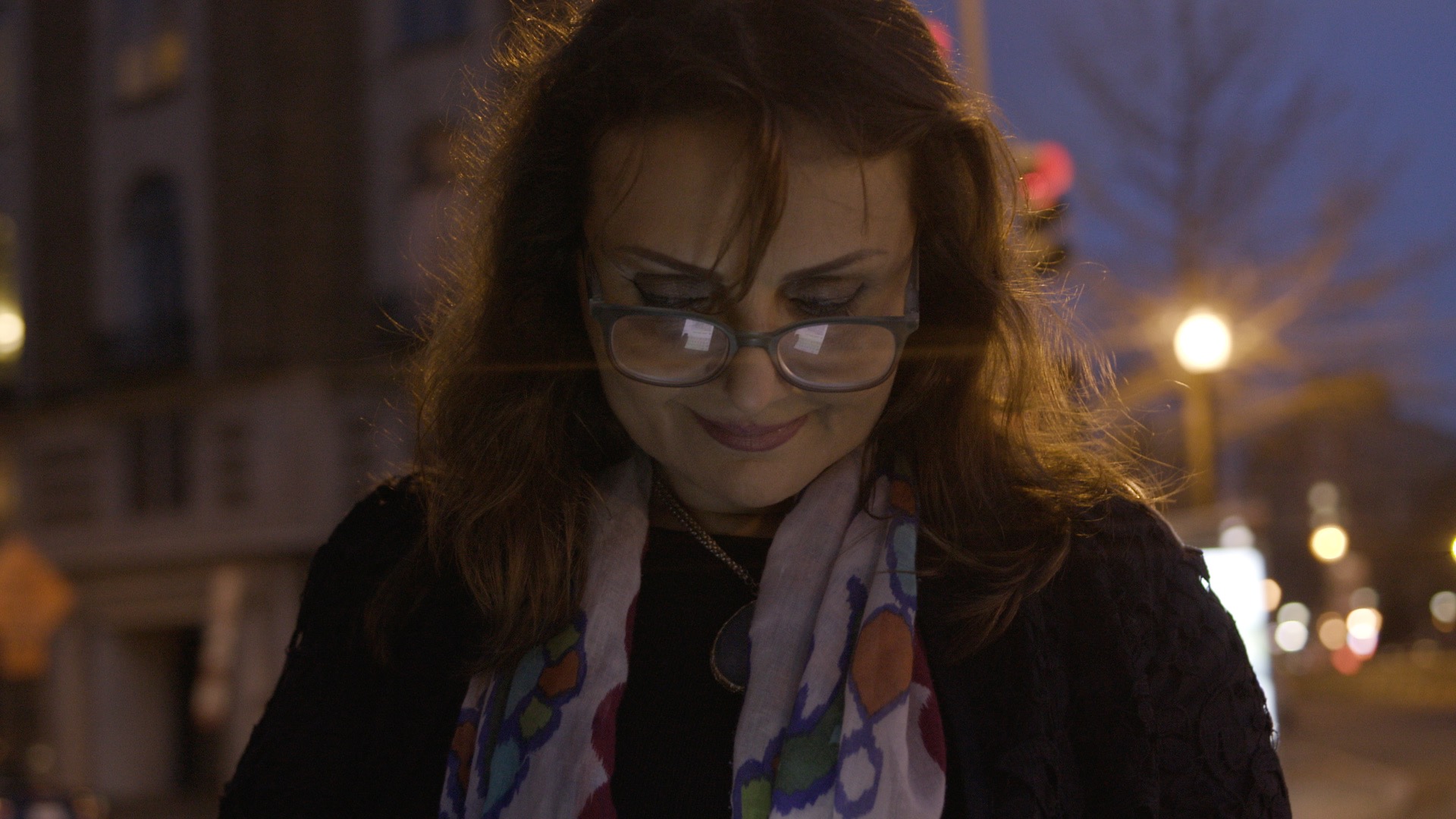
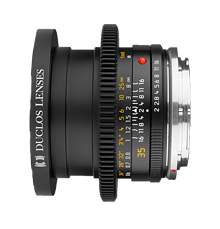
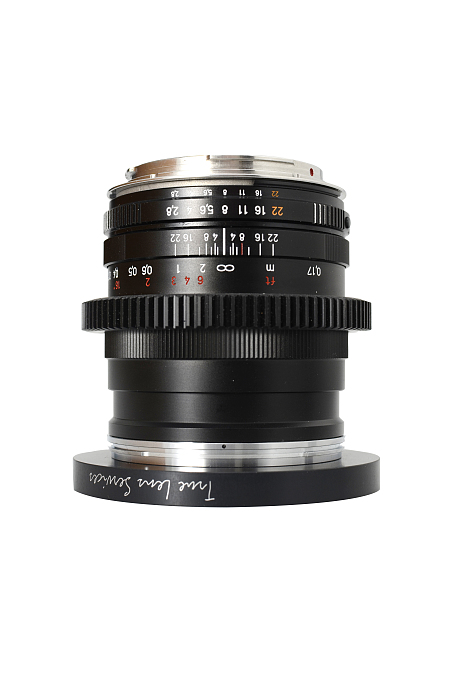
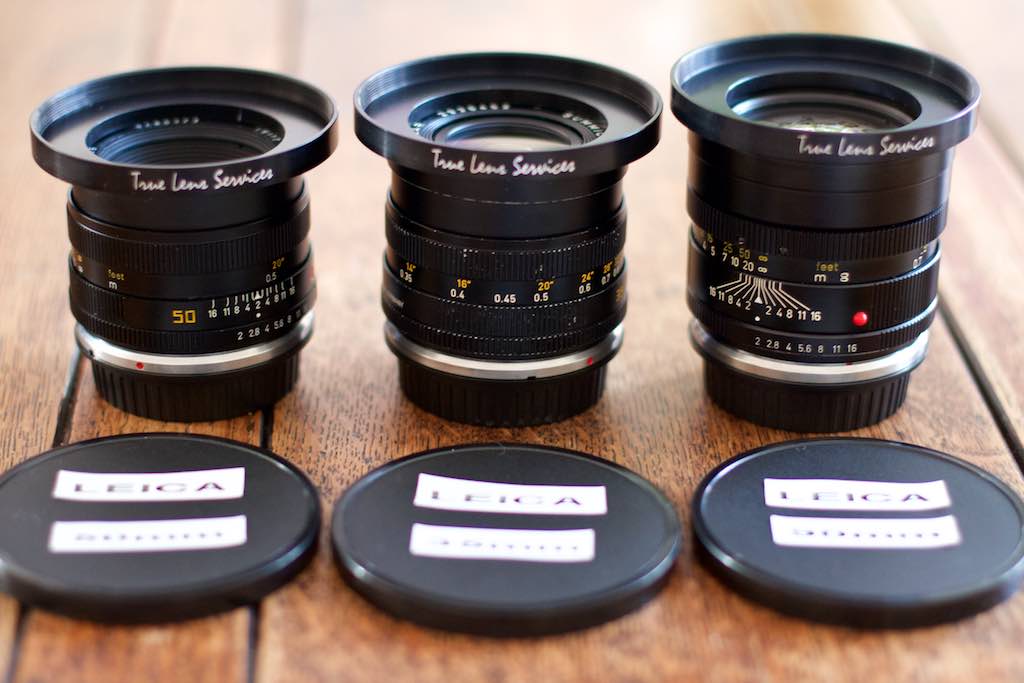
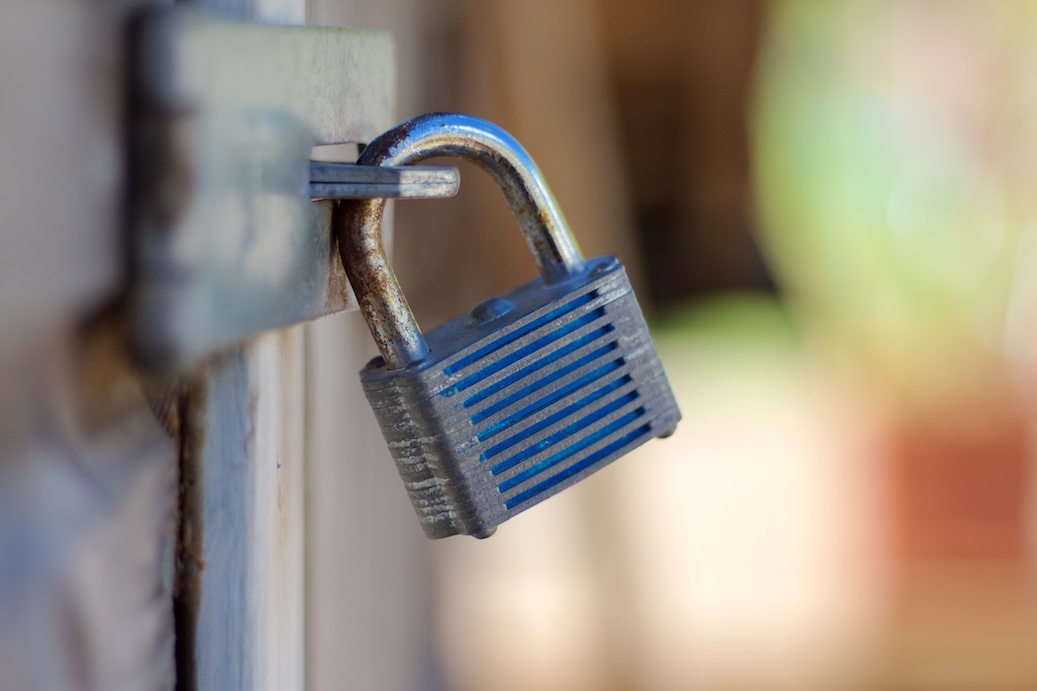

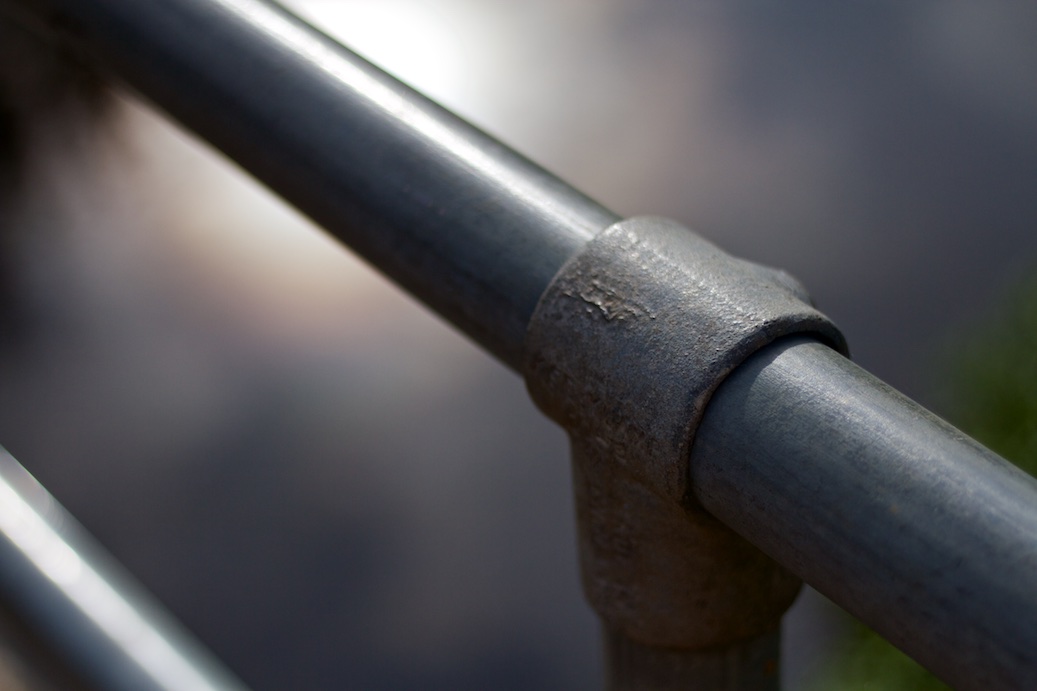
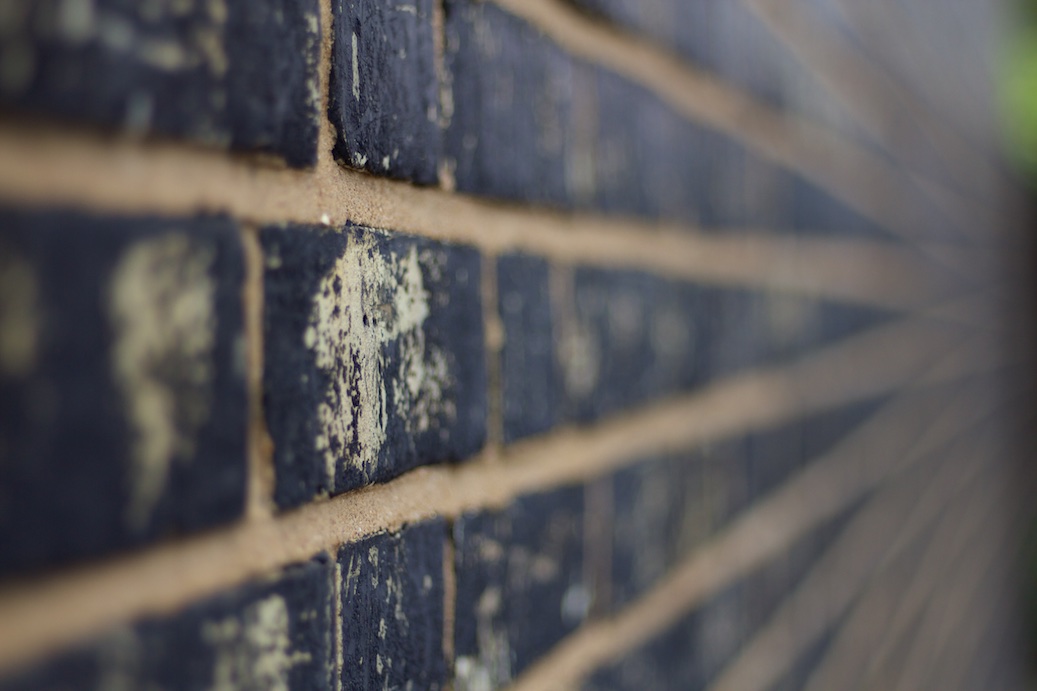
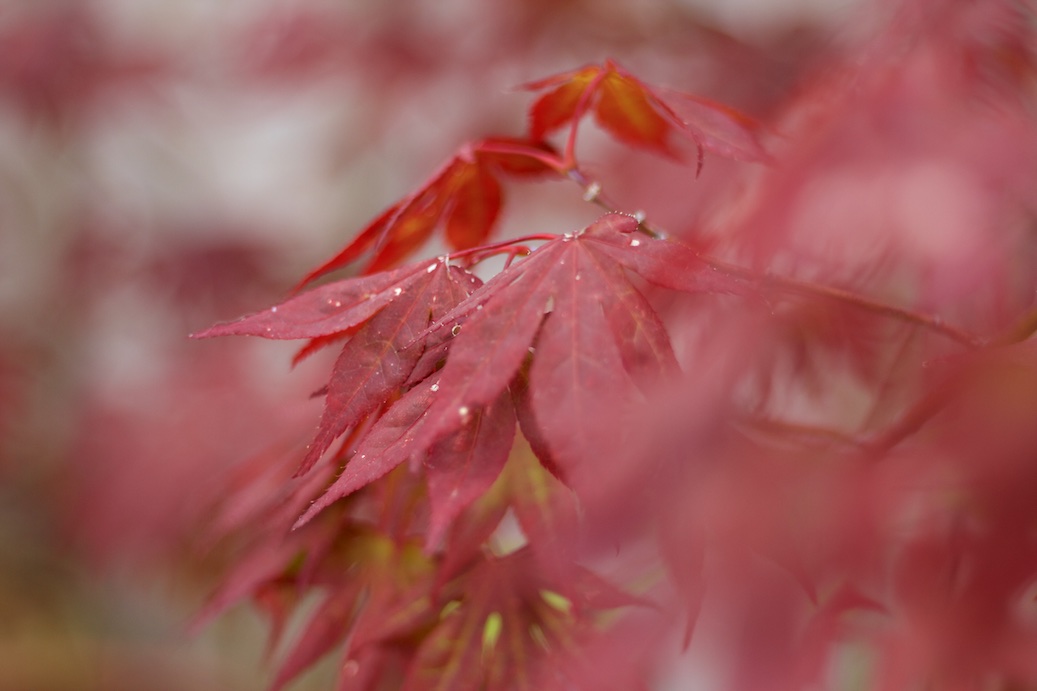

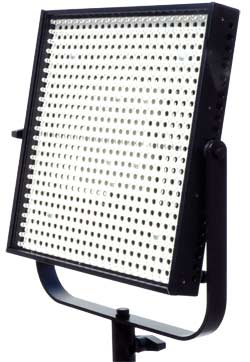
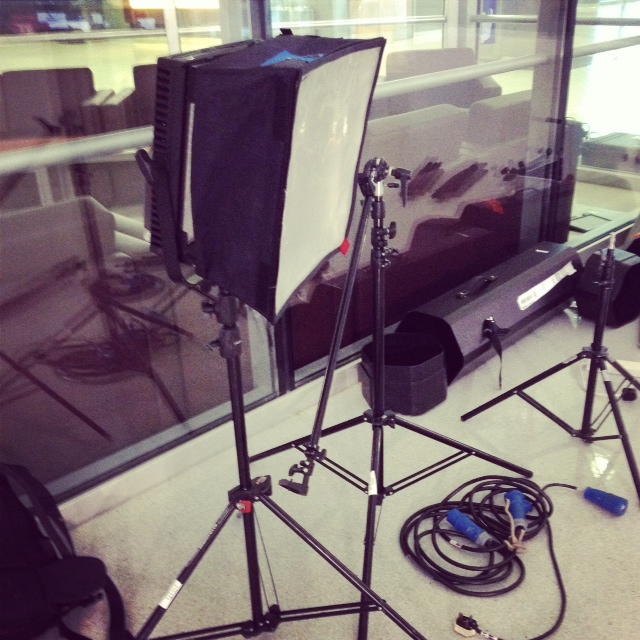
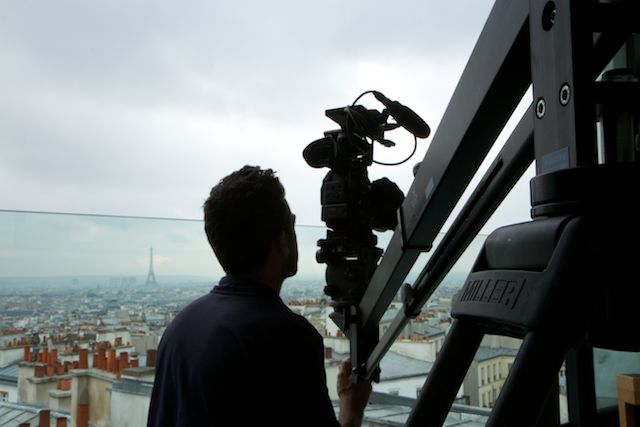
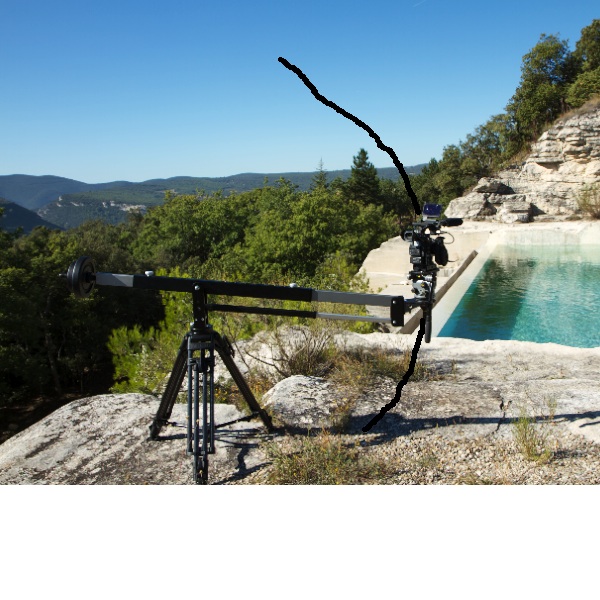

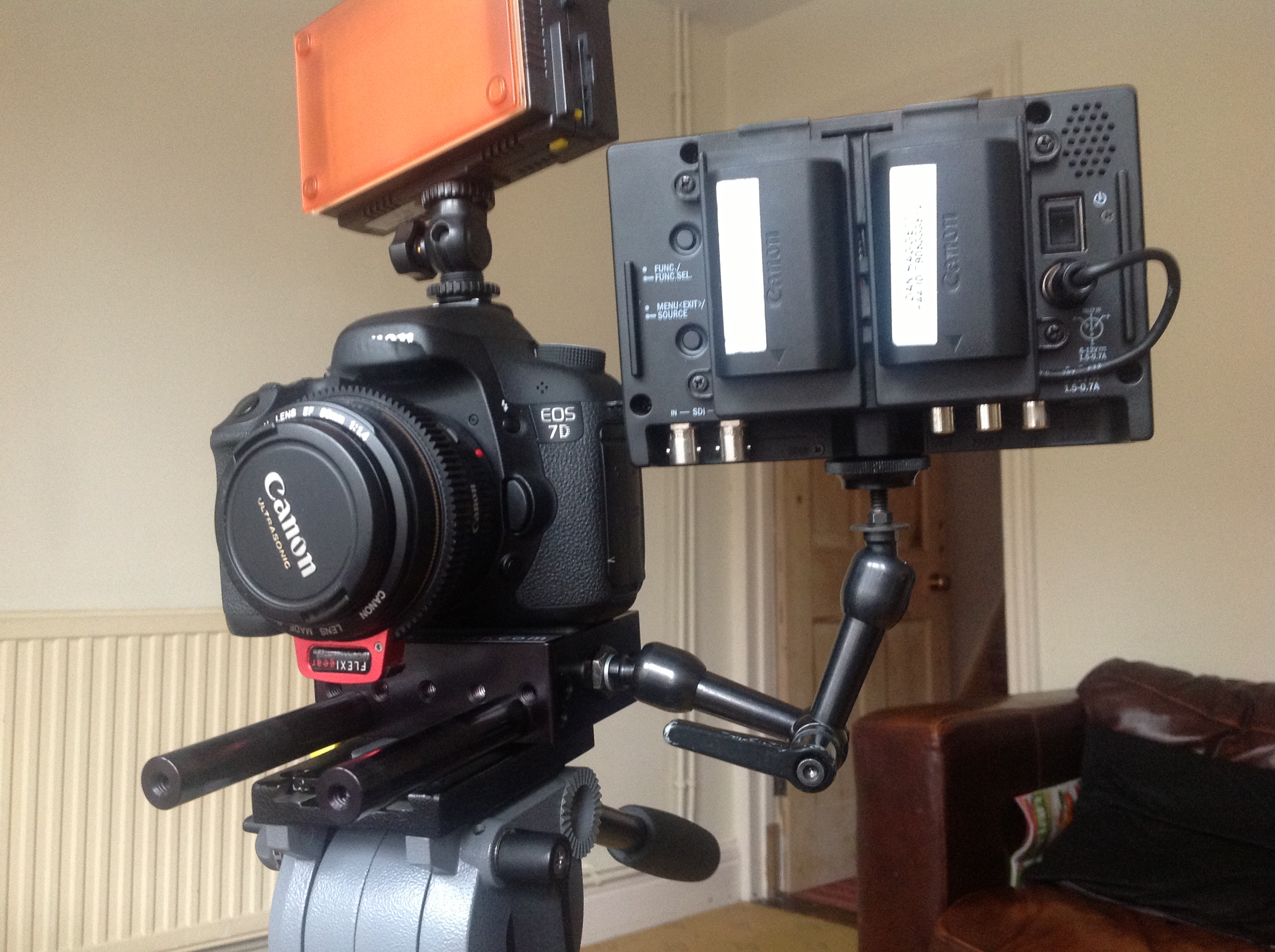
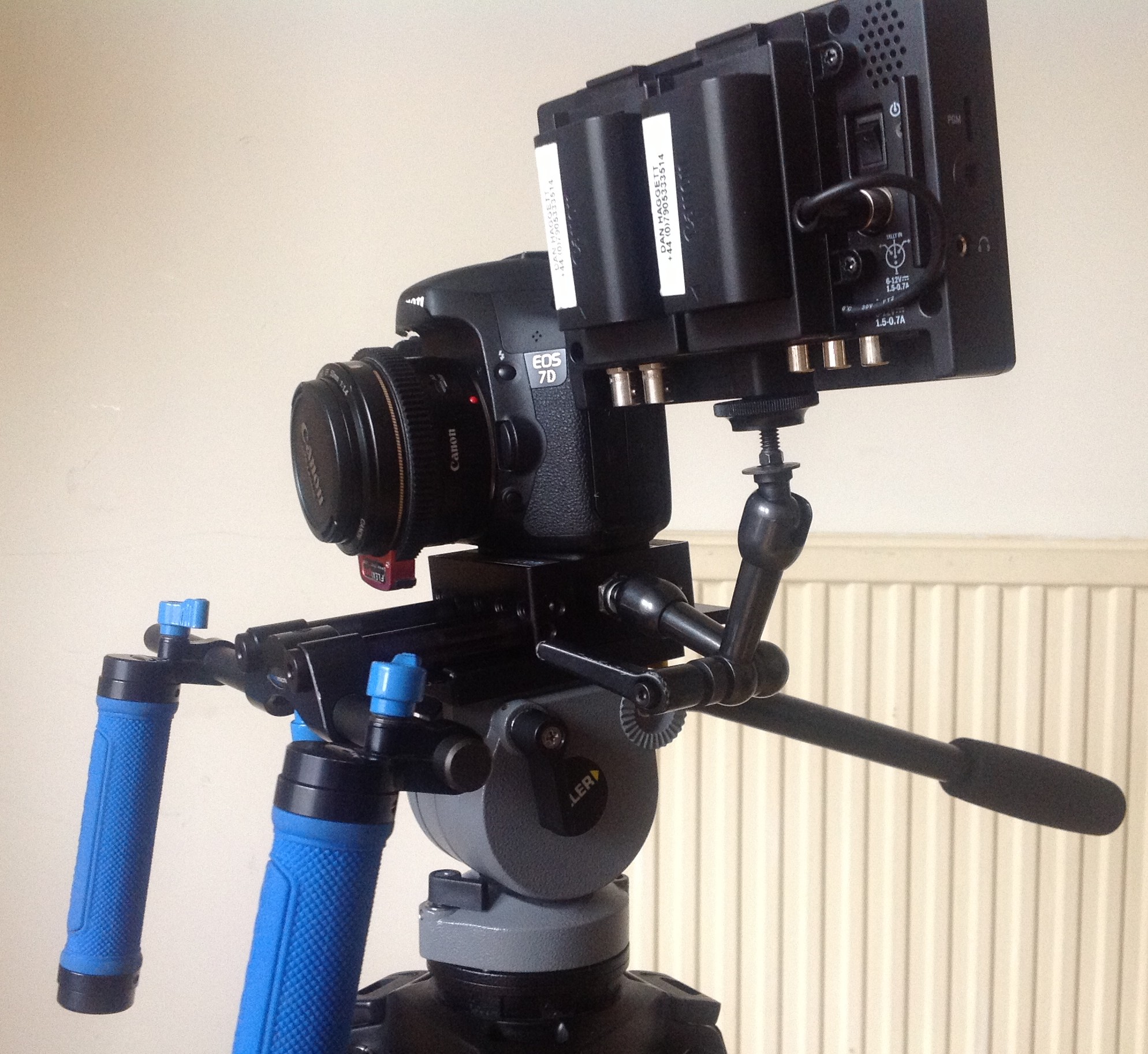
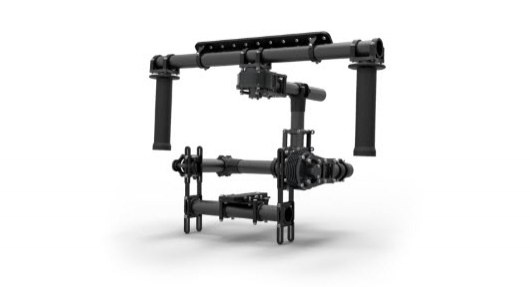
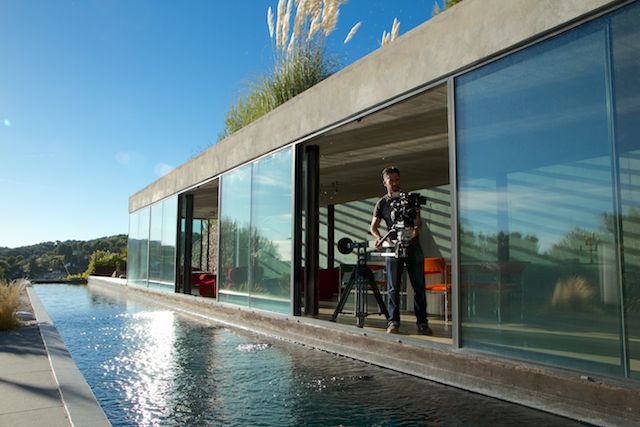
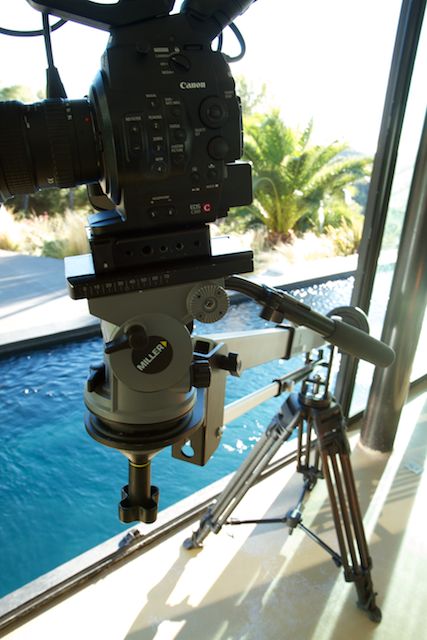 I knew the series was going to involve heavy grip equipment, jib shots were essential, as were tracking shots with a dolly , and I also wanted to take a slider in case there wasn't enough time to set up track. For this kind of weight I needed the sturdy legs of the Miller Arrow.
I knew the series was going to involve heavy grip equipment, jib shots were essential, as were tracking shots with a dolly , and I also wanted to take a slider in case there wasn't enough time to set up track. For this kind of weight I needed the sturdy legs of the Miller Arrow. 
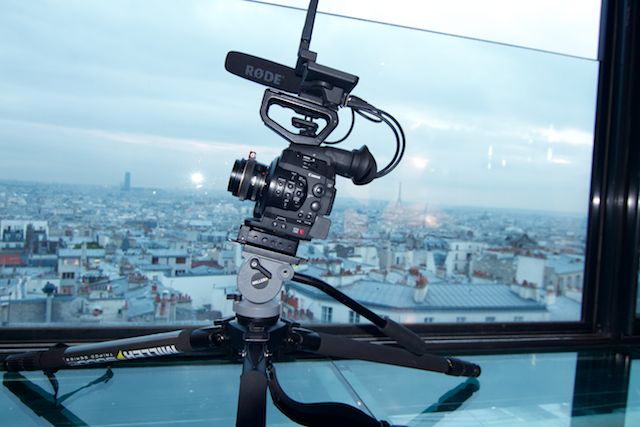
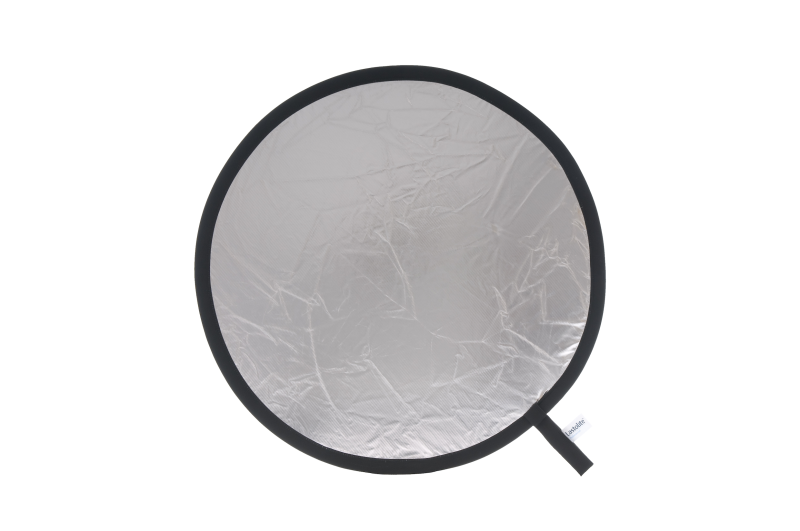
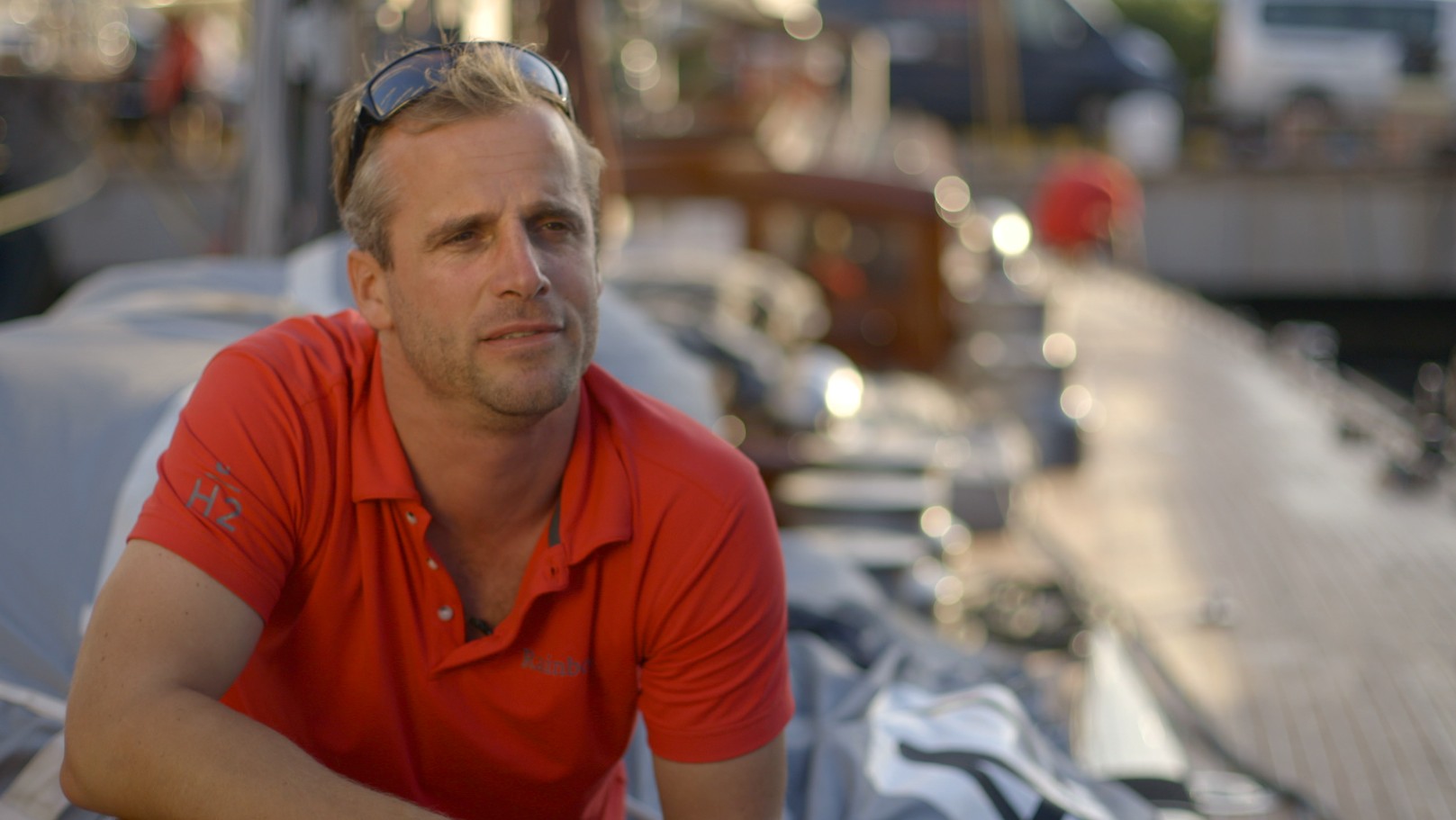

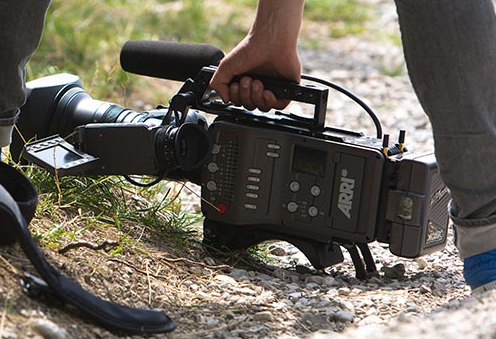
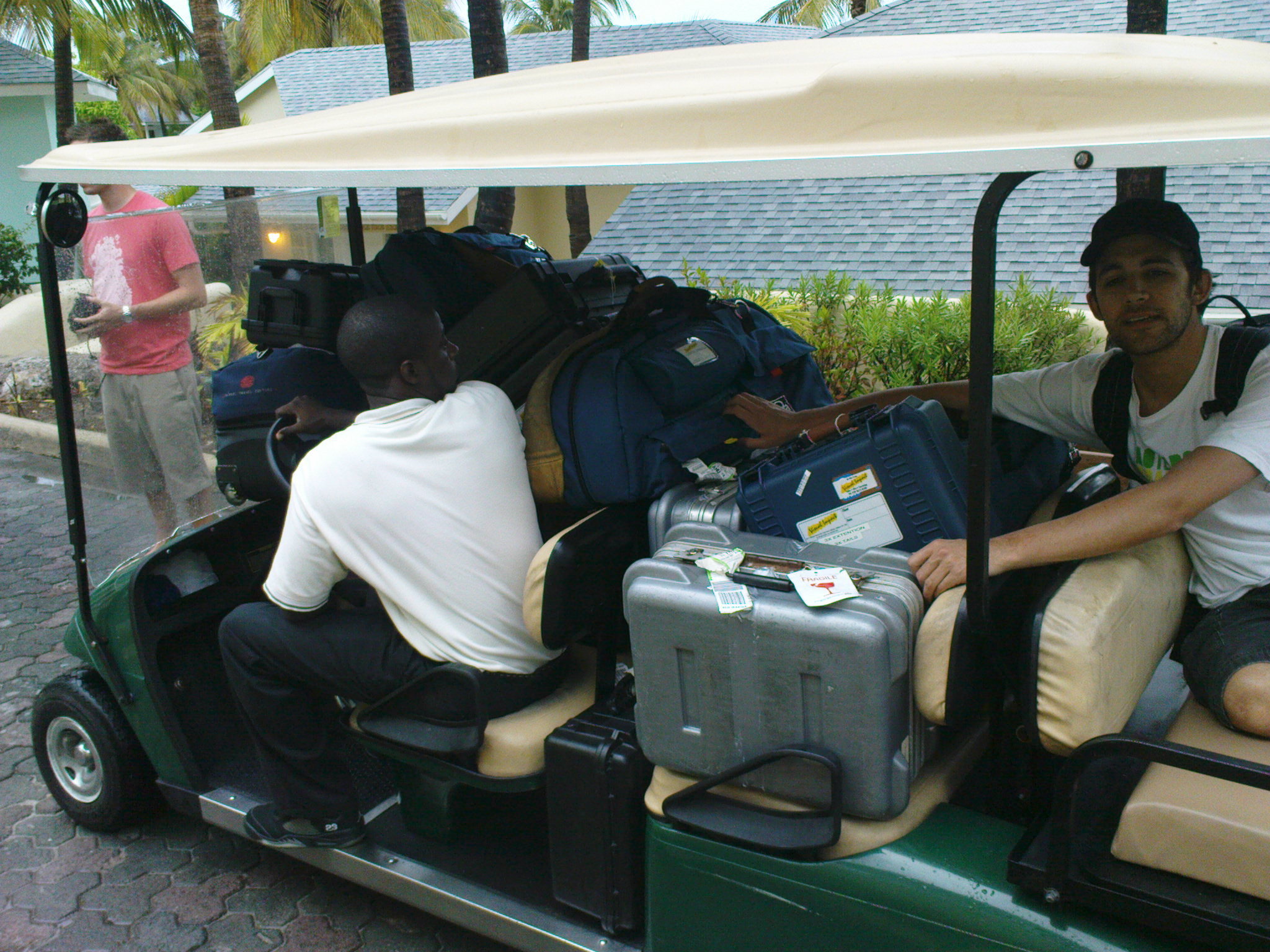 In the airline industry I have honestly heard baggage handlers reffered to as "throwers", this is not without good reason. I once sat on a plane that had just landed and watched a man literally hurl our entire TV kit onto the truck below. There were thousands of pounds of equipment (both in weight and money) but none of it suffered as it was all tightly packed away in trusted peli cases.
In the airline industry I have honestly heard baggage handlers reffered to as "throwers", this is not without good reason. I once sat on a plane that had just landed and watched a man literally hurl our entire TV kit onto the truck below. There were thousands of pounds of equipment (both in weight and money) but none of it suffered as it was all tightly packed away in trusted peli cases.
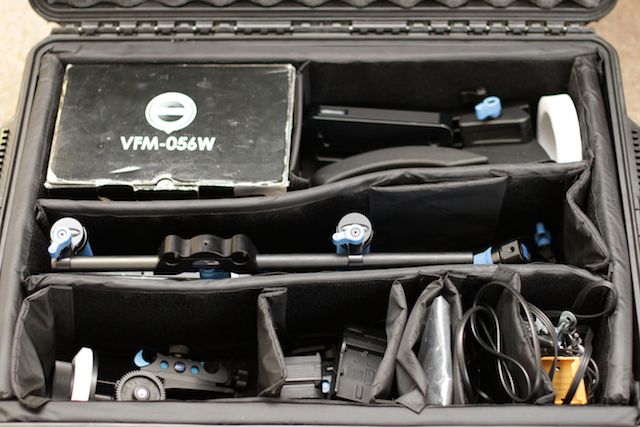
 The locks on these cases are great, you need to push the button to open them, that way they are not going to accidentally pop open on a flight.
The locks on these cases are great, you need to push the button to open them, that way they are not going to accidentally pop open on a flight.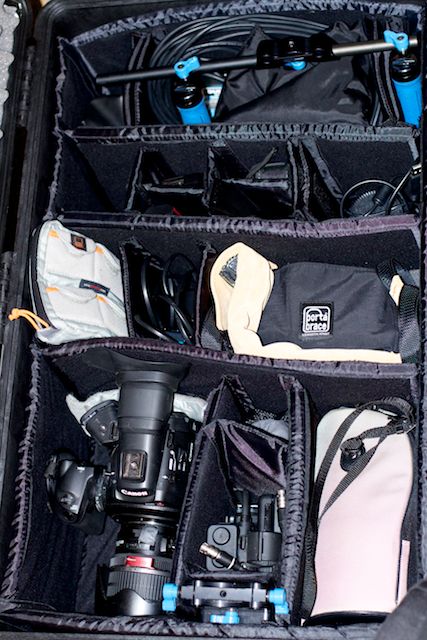
 Miller Arrow
Miller Arrow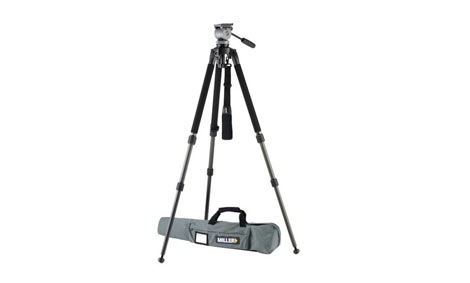 Miller DS20
Miller DS20